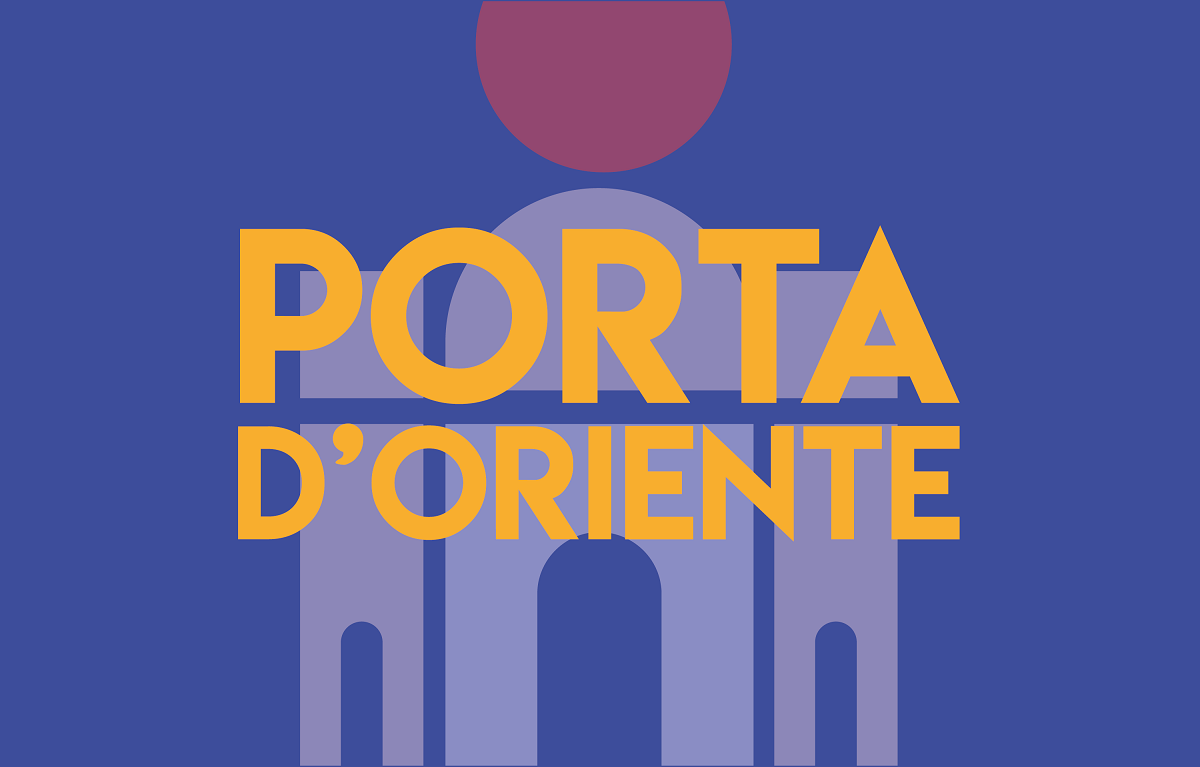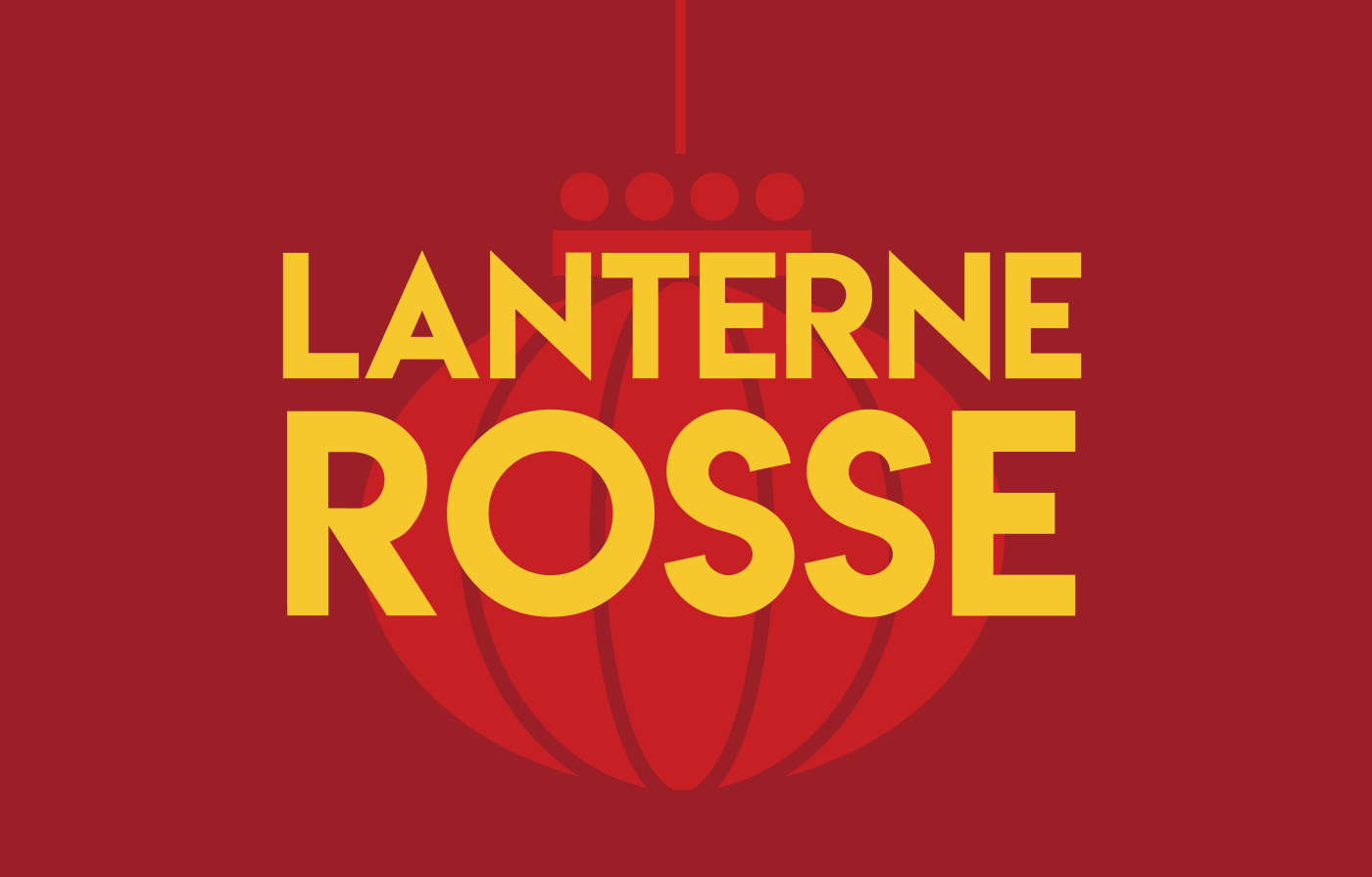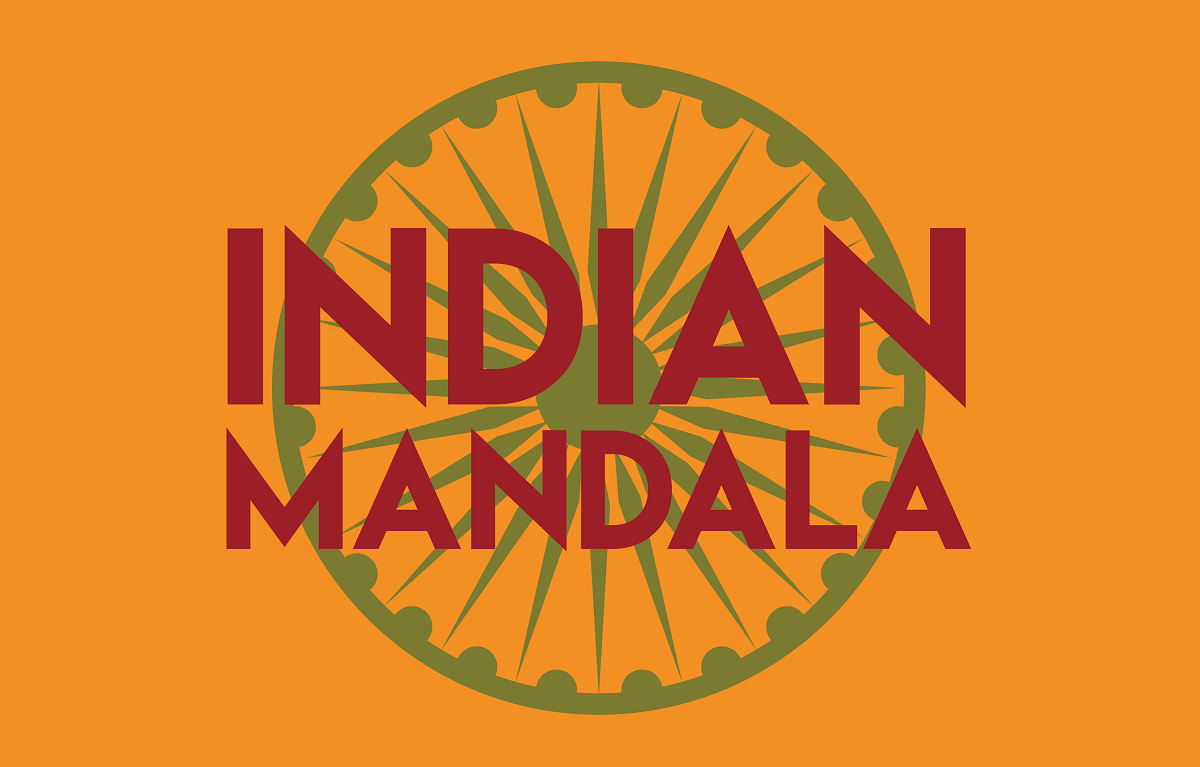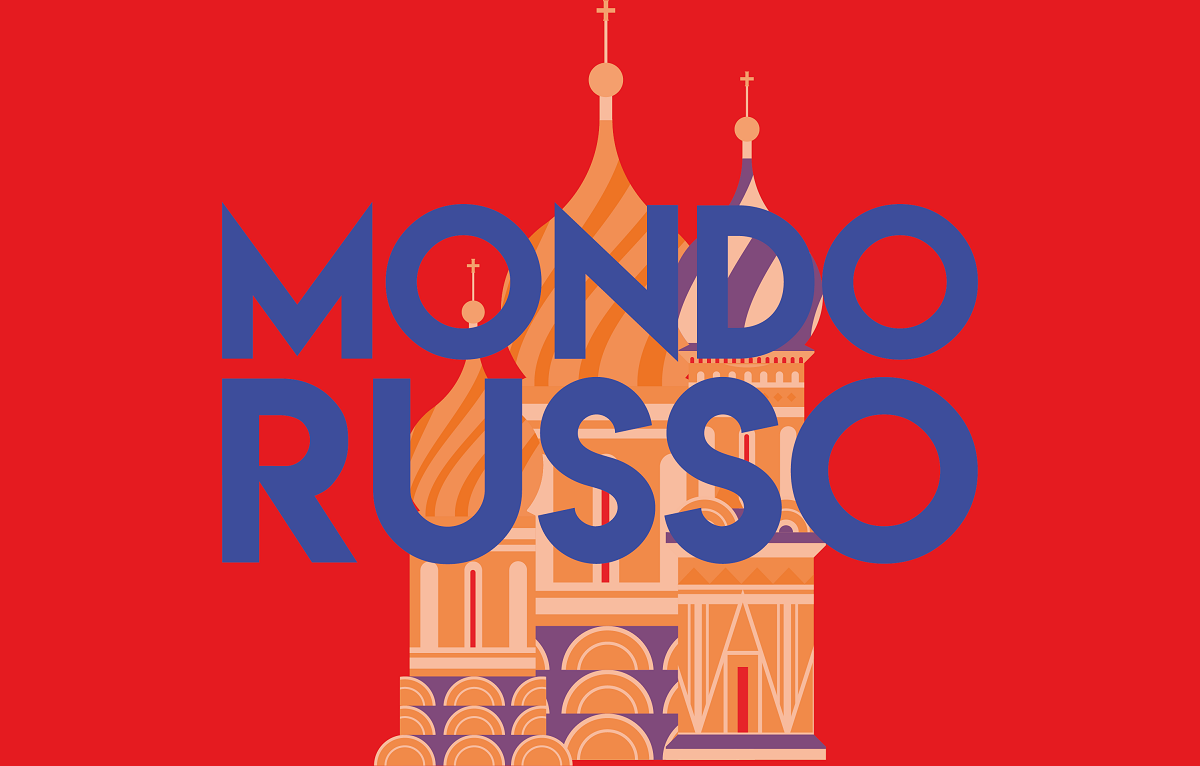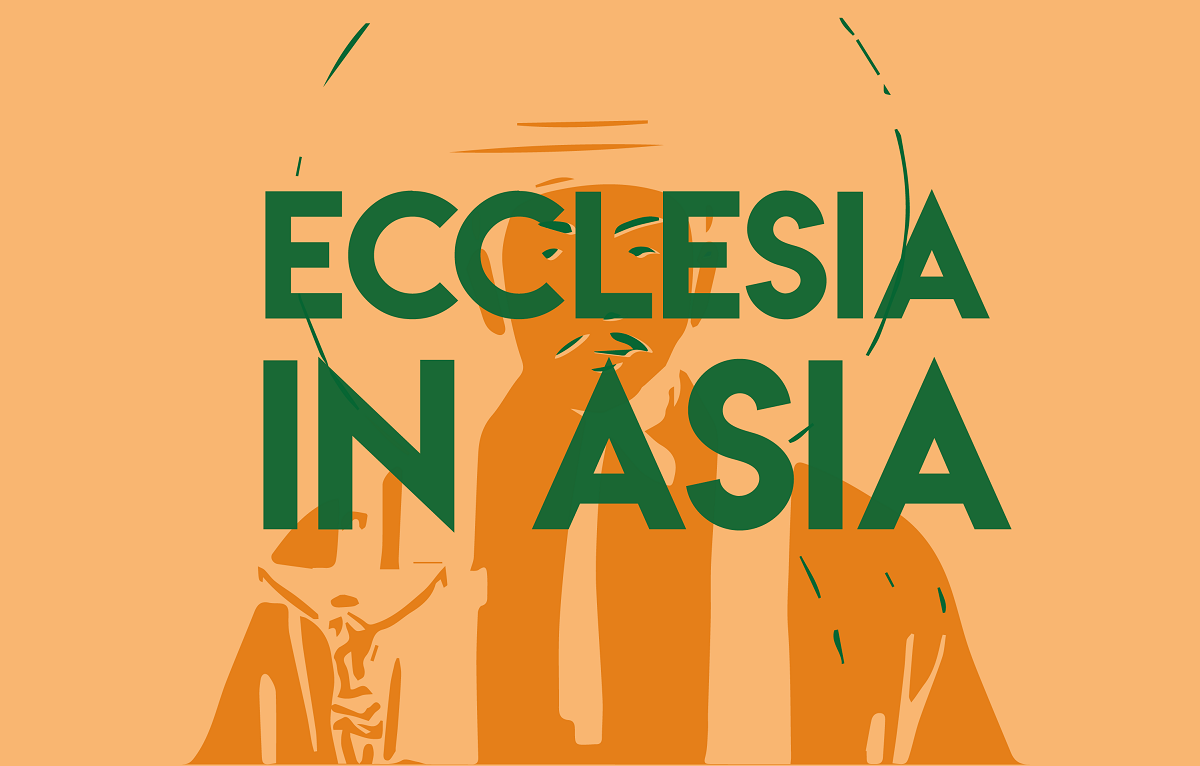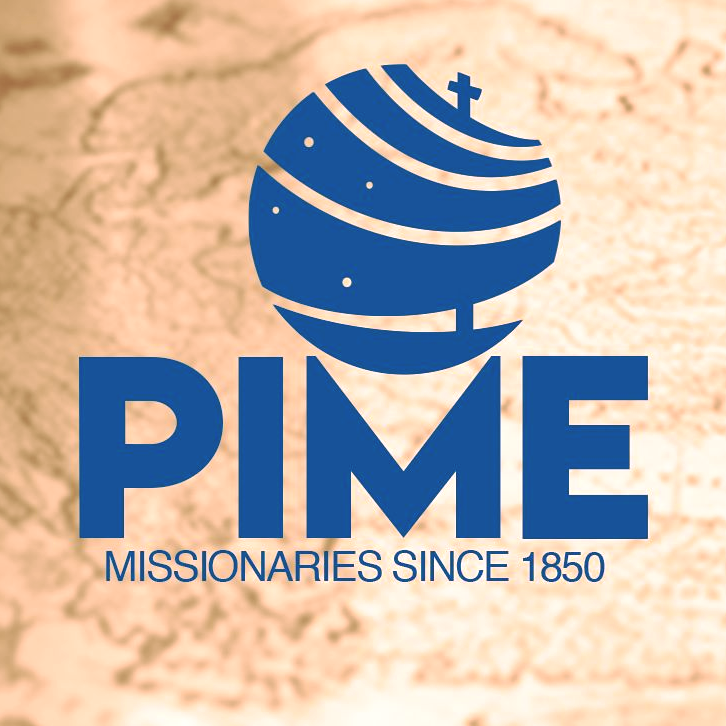Alaska: Trump and Putin meet in Russian World's mission land
The ‘strategic’ value of the location chosen for the ‘inconclusive’ meeting between the Russian and American presidents. A territory far from Ukraine and “weak” Europe, confirming the prevalence of the ‘economic’ factor. No breakthrough in the war launched by Moscow against Kiev. It was the Kremlin leader's first visit to American soil since 2007.
The location of the spectacular and inconclusive meeting between Donald Trump and Vladimir Putin was nevertheless of strategic value for many reasons, as Alaska is a territory that opens the doors to the Arctic, one of the crucial objectives for future geopolitical and economic negotiations, given climate change and the vast natural resources it has to offer.
It is a region practically shared between Russia and America, due to its historical past and geographical proximity to the fluctuating borders between the melting ice, and it is as far away as one can imagine from Ukraine and Europe, avoiding any interference with the plans of the emperors who overlap and divide the domains of the East and West at that latitude.
The economic aspect of the negotiations, which did not lead to any concrete results other than postponing further sanctions against Russia, was highlighted by the composition of the group accompanying the Russian president: in addition to Foreign Minister Sergei Lavrov and adviser Yuri Ushakov, there were Defence Minister Andrei Belousov, an economist and Orthodox subdeacon, who is responsible for Russia's entire “war economy”, Finance Minister Anton Siluanov and, above all, the special representative for investment funds and chief negotiator for trade prospects, Kirill Dmitriev. Moreover, the Americans also included Finance Minister Scott Bessent.
For Trump, the meeting “went very well”, a sign that the armistice in Ukraine was really the least of his problems, and that all that mattered was the representation of the “world's greats” who are doing the maths to maintain the costs of absolute power, and now “the Europeans and Ukrainians will have to do something”, the recalcitrant subjects who pretend to believe in peace and democracy.
In addition to the big deals that were discussed, we must not forget the strong spiritual dimension of Alaska's summer coolness, which spared the masters of the world from suffering the African heat waves raging in the Mediterranean and Middle East.
Alaska is the land where “the spread of the Orthodox faith in the New World began”, recalled Protoierej Nikolaj Balašov, advisor to Patriarch Kirill (Gundjaev) of Moscow, and where “many native inhabitants of the region still preserve Orthodox traditions”, so much so that there are many more Orthodox Christians here than in all the other states of the Union.
It is therefore rightly considered a significant part of the “Russian world”, an expression of the mission of Holy Russia throughout the world. Missionary work, in the specific sense of spreading the Gospel to other lands, is an important feature of the history of the Russian Church, although not to the same extent as the universal missions of Catholicism.
Russians are children of Byzantine Christianity, reinterpreted as the Gospel of the ‘new people’ of the nascent state of Kiev, devastated two centuries after its baptism by the Tatar-Mongol hordes, who did not impose a new religion, allowing Russian Orthodoxy to survive under the passive control of the Khans.
With the rebirth of Muscovy, Russian saints evangelised the peoples of the north in European territories as far as the Urals, and it was only with the progressive conquests in Asia that the many peoples of Siberia were subjugated, without, however, being directly converted to the Orthodox faith.
The inhabitants of important regions such as Kalmykia, Tuva and Buryatia, who are predominantly of Mongolian ethnicity, are mostly faithful to the traditions of Buddhism, and even shamanism is accepted as an official religion.
There have been attempts to impose the Orthodox religion through decisions from above and the arrival of missionaries, but in fact the Orthodox in Siberia are mostly descendants of Russians who were transferred to Asian lands for forced labour, confinement and punishment, or in any case to organise the difficult production of rich energy resources and precious minerals.
The only real “foreign mission” of Russian Orthodoxy was carried out in Japan, where there is a “daughter” church of the Moscow church, which certainly does not account for a large percentage of the local population. Alaska, on the other hand, is the real pride of Russian Orthodox missionary work, in a land considered both its own and foreign, at the edge of the world and above all others.
Father Balashov recalled the great evangelising saints such as German Alaskinsky (‘of Alaska’), who in the first half of the 19th century organised a mission on the Eskimo island of Kodiak, off the southern coast of Alaska, baptising many local “Aleut” inhabitants, so much so that he is venerated by Russians as the ‘patron saint of America’.
Even more famous is the holy Metropolitan Innokenty (Venjaminov), also remembered with the title “of Alaska”, who travelled from Moscow to Asia and became bishop of Kamchatka, Yakutia, Primorye and North America, supporting with his spiritual authority the general and governor of Eastern Siberia, Count Nikolai Muraviev-Amursky, in the conquest of the Far East and the founding of Blagoveshchensk, the first large Russian city on the border with China.
In 1864, he blessed the Cathedral of the Annunciation in the new city of Kamchatka, consecrating all these territories to the Mother of God according to the Russian variant of Orthodoxy, and was then triumphantly recalled as Metropolitan of Moscow, then head of the entire Russian Church.
Innokenty was one of the few Russian saints to be canonised during the Soviet era in 1977, due to a particular political and ecclesiastical convergence: a few years earlier, the Orthodox Church in America had been established on the initiative of the great Russian theologian Aleksandr Shmeman, expressing a special “Orthodox mission” of the Moscow Patriarchate in supporting the “world struggle for peace” of Leonid Brezhnev's Soviet regime, and the figure of Innokenty of Alaska served as a symbolic image of this universal union of worlds.
Alaska was sold to America in 1867, immediately after Innokenty's mission, by decision of Tsar Alexander II, but Orthodoxy was preserved and spread further in the following years, becoming one of the decisive factors in the approval of the new Russian ecclesiastical jurisdiction in America, and awaiting the current great return of Tsar Putin.
A resident of the city of Petropavlovsk-Kamchatsky, Pavel Shalimov, who had lived for years in Juneau, the capital of Alaska, told Ria-Novosti that “the meeting between the two presidents is the beginning of a new friendship between Russia and America, which is why the meeting took place where the inhabitants love Russia so much”.
By returning to Alaska, Putin's Russia marks a new stage in its invasion of the West, far more significant than its laborious advance on the Donbass front, which it has controlled for years without gaining any significant advantages and causing immense devastation.
The meeting between the emperors was somewhat reminiscent of that between Pope Francis and Patriarch Kirill in 2016, on a land that in theory was more closely associated with the Catholic pontiff and South America, but where the role of host was entrusted to the Russian Orthodox hierarch.
For many commentators, “the only place where Putin would have felt better than in Alaska is Moscow”, and 55 miles from the Alaskan coast, the Russian coastline is clearly visible, where “gloomy barbarians in heavy headgear sing the refrain ‘Bring Alaska back’”, as some recall, quoting verses by the revolutionary poet Andrei Bely.
Many even extol the significant date of 15 August, the day in 1945 when Emperor Hirohito announced Japan's surrender, in 1947 India's independence was announced, in 1973 the Americans withdrew from Vietnam, and even the founding of the Jesuit order in 1534.
The most symbolic event of the historic Ferragosto was when the Byzantine Empress Irene blinded her co-emperor son, Constantine VI, as Putin did with Trump to secure Ukraine's surrender, leaving Catholic faithful with no choice but to entrust themselves to the intercession of Our Lady of the Assumption in heaven.
It was the Russian leader's first visit to American soil since 2007, apart from UN assemblies, and it clearly opened a new phase of mutual meetings, with Trump's desire to cross the threshold of the Kremlin to enter history, passing through Alaska, the site of the agreement for Volodymyr Zelenskyj's political funeral.
In a quarter of a century in power, Putin has had 48 meetings with American presidents: in 2000, he signed a missile information agreement with Bill Clinton, and in 2005, he posed with George W. Bush, Italy's Silvio Berlusconi, China's Hu Jintao and Europe's Jean-Claude Juncker at the Kremlin to celebrate the 60th anniversary of the end of World War II.
In 2005, he discussed with Barack Obama at the G20 in Antalya, meeting Donald Trump for the first time in Hamburg in 2017, and then seeing Joe Biden at the US-Russia summit in Geneva in June 2021, two months before the American withdrawal from Afghanistan that inspired Putin's new world war.
Putin won the war even before the meeting, sitting at the negotiating table as the victor and new master of the world, sanctioned by the “new Yalta” of Alaska shared with Trump, and no protest by the Ukrainians can change the prospect of the division of territories and cross-control by the Russians and Americans.
The European Union (EU) clearly does not have the strength to support Kiev and guarantee fair conditions for the conclusion of the conflict, and even the most ardent “Russophobe”, NATO Secretary General Mark Rutte, spoke of a “necessary legal definition” for the territories occupied by Russia.
The international law that prevails is that of the strongest, and that of the mission of those who feel sent by God to unite the world from the Arctic to the Antarctic, from the Atlantic to the Pacific, from the present to the return to the past.
RUSSIAN WORLD IS THE ASIANEWS NEWSLETTER DEDICATED TO RUSSIA. WOULD YOU LIKE TO RECEIVE IT EVERY SATURDAY? TO SUBSCRIBE, CLICK HERE.
21/06/2025 11:42
11/11/2023 19:54
18/10/2025 12:43
19/09/2025 10:51






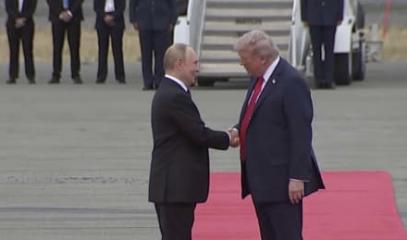

.png)
